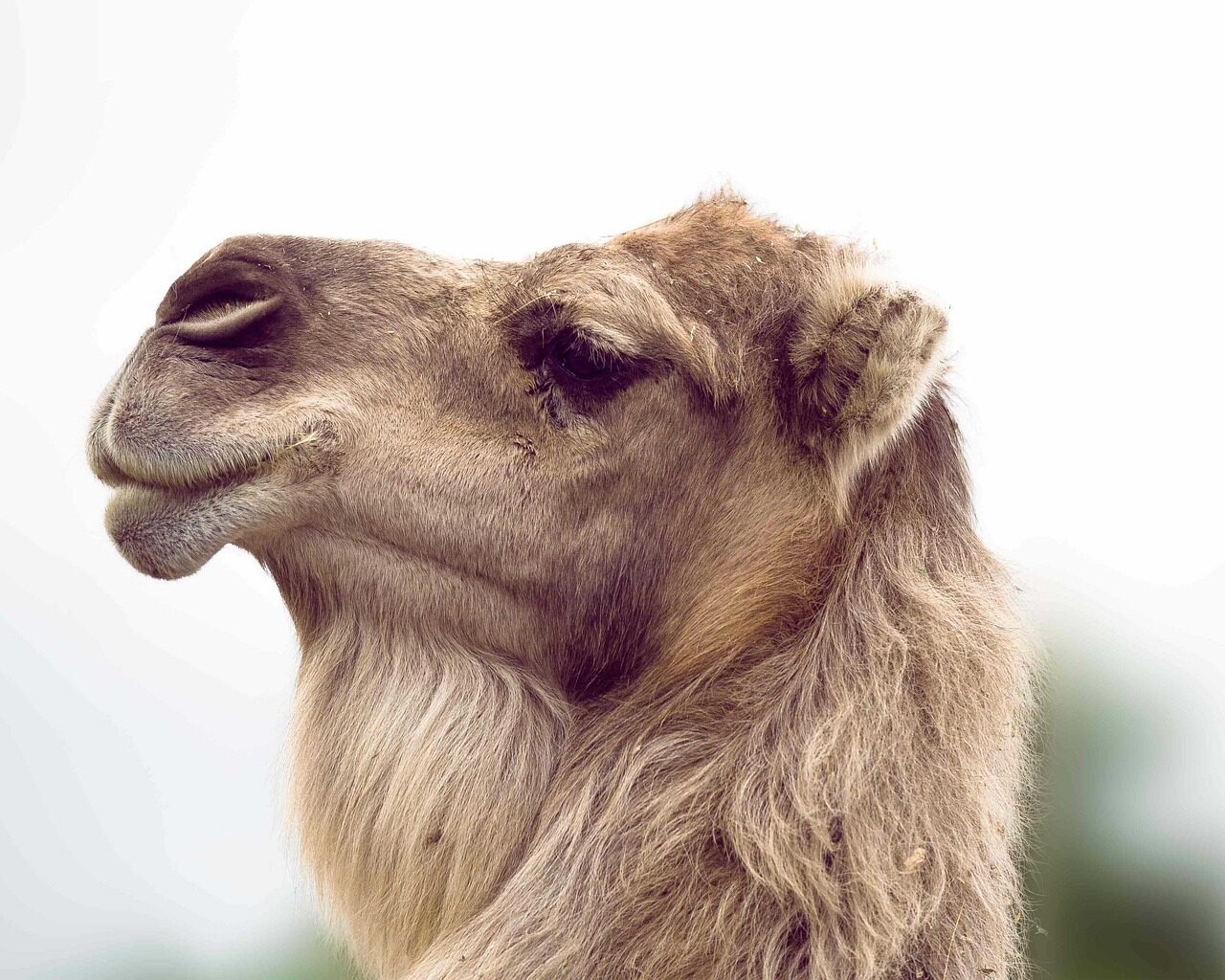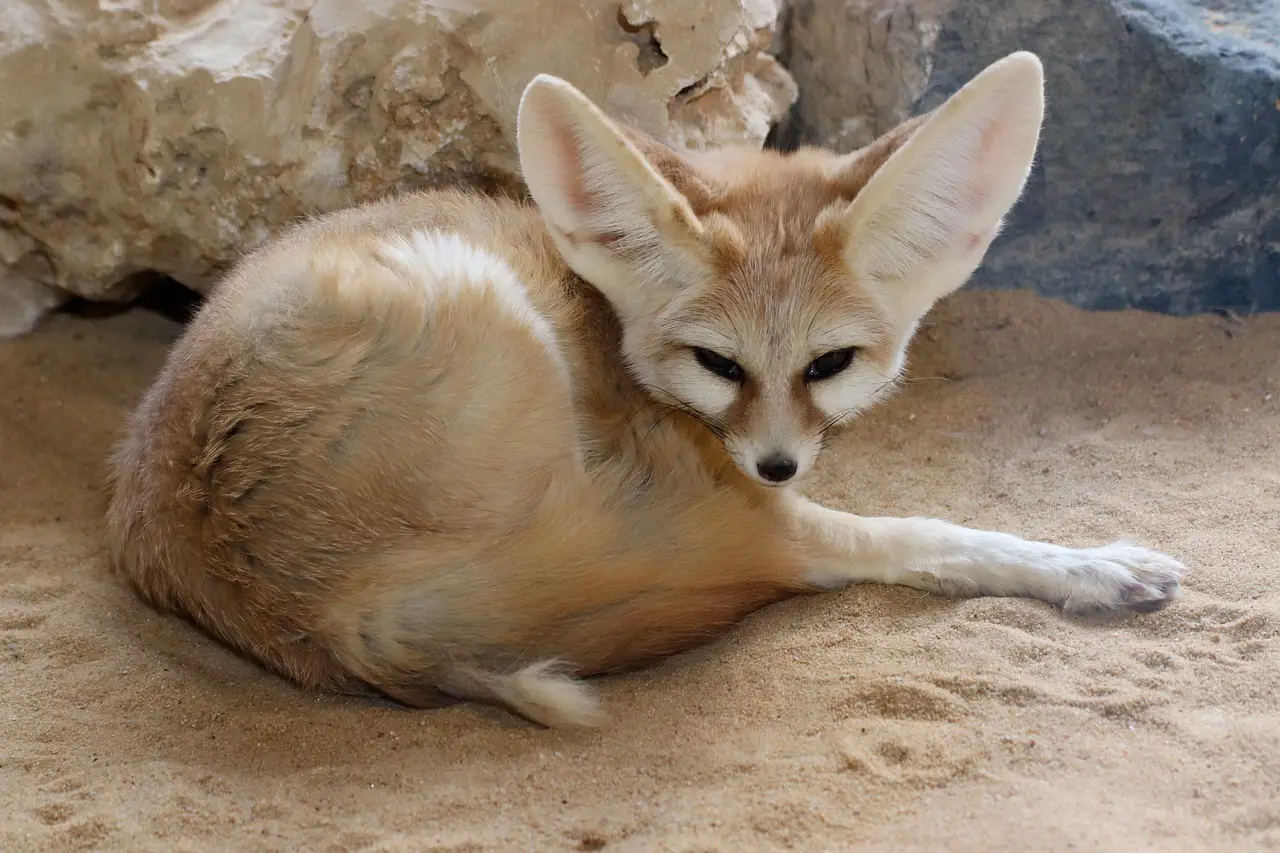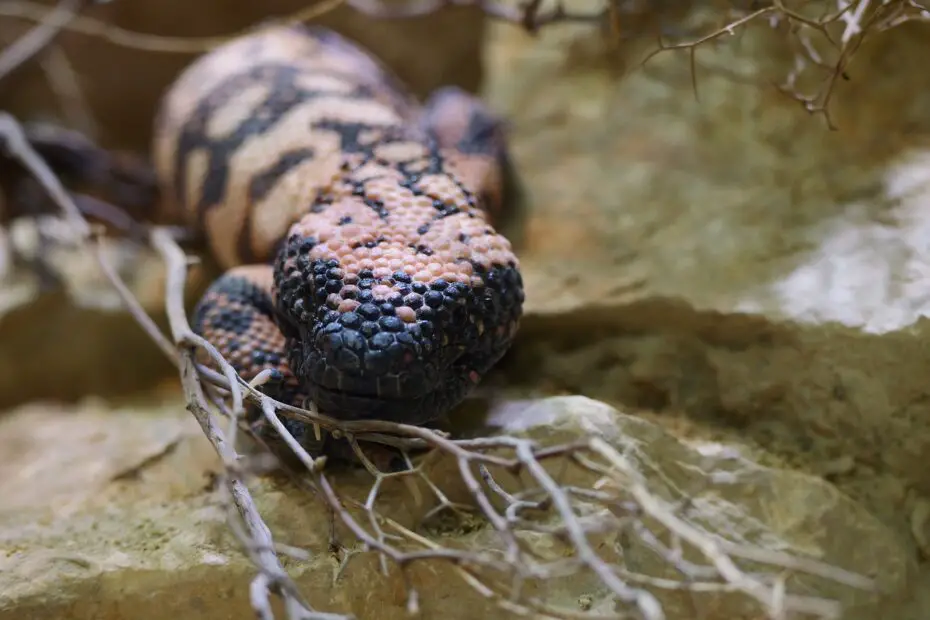The desert, with its unforgiving landscapes and extreme conditions, may seem like an inhospitable place for life to thrive. However, beneath the scorching sun and arid sands, a fascinating array of creatures has adapted to survive in this challenging environment. In this article, we explore the unique adaptations, survival strategies, and iconic animals that make up the diverse world of desert animal life.
You may also want to read about the top 10 animals of the savanna.
The Harsh Environment
Deserts are characterized by extreme temperatures and limited water availability, posing significant challenges to the survival of animals.
Extreme Temperatures
The desert climate is notorious for its blistering heat during the day and freezing temperatures at night. How do animals cope with these extreme temperature fluctuations? Let’s discover the remarkable adaptations that enable them to thrive under such harsh conditions.

Water Scarcity
Water is scarce in the desert, making dehydration a constant threat to survival. How do desert animals manage to obtain and conserve water in this arid environment? We delve into the fascinating mechanisms they have evolved to adapt to the scarcity of this precious resource.
Unique Adaptations
Desert animals have developed unique adaptations that allow them to camouflage, conserve water, and withstand the extreme conditions of their habitat.
Camouflage
Camouflage plays a crucial role in the survival of desert animals, helping them blend seamlessly with their surroundings and evade predators. We uncover the remarkable camouflage strategies employed by these creatures, showcasing their mastery of blending in with the desert landscape.
Water Conservation
Water conservation is paramount in the desert, and animals have evolved ingenious ways to minimize water loss. From specialized kidney functions to efficient respiration and insulation, we explore the diverse mechanisms that allow desert animals to thrive with limited water resources.
Survival Strategies
To thrive in the desert, animals have developed specific survival strategies that enable them to endure the harsh conditions and scarcity of resources.
Nocturnal Behavior
Many desert animals are nocturnal, taking advantage of the cooler temperatures and reduced competition for resources during the night. We examine the fascinating adaptations and behaviors exhibited by nocturnal desert dwellers, shedding light on their strategies for survival.
Burrowing
Burrowing is a common survival strategy employed by desert animals, providing protection from extreme temperatures and reducing water loss. We delve into the world of burrowing creatures, uncovering the intricate tunnel systems and adaptations that enable them to thrive underground.
Iconic Desert Animals
Deserts are home to a range of iconic and uniquely adapted animals that have captured the imaginations of people worldwide. Let’s meet some of the most remarkable desert dwellers.
Fennec Fox
With its oversized ears and captivating appearance, the fennec fox has become an emblematic desert species. We delve into the world of this small fox, exploring its adaptations, behaviors, and the challenges it faces in its desert habitat.

Dromedary Camel
Known as the “ship of the desert,” the dromedary camel is a symbol of resilience and adaptability. We uncover the fascinating adaptations that enable camels to thrive in the desert, including their ability to conserve water, withstand extreme temperatures, and navigate vast desert landscapes.
Gila Monster
The Gila monster, a venomous lizard found in the deserts of North America, boasts a unique set of adaptations and behaviors. We explore the intriguing characteristics of this ancient reptile, shedding light on its survival strategies and ecological significance.
Biodiversity Challenges
Despite their harsh conditions, deserts harbor significant biodiversity. However, desert ecosystems face numerous challenges and risks that threaten the delicate balance of life within them.
Threats and Risks
Desert ecosystems are increasingly under threat due to human activities, climate change, and habitat degradation. We examine the main threats faced by desert animals and the consequences of losing these unique and fragile ecosystems.
Conservation Efforts
Efforts to conserve desert biodiversity are crucial for preserving these remarkable habitats and their inhabitants. We highlight various conservation initiatives and strategies aimed at protecting desert animals and their fragile ecosystems.
Conclusion
The world of desert animal life is a testament to the resilience and adaptability of nature. From the scorching sands to the cold desert nights, animals have evolved incredible strategies to survive and thrive in these challenging environments. By understanding and appreciating the unique adaptations and behaviors of desert creatures, we gain a deeper appreciation for the wonders of the natural world.
FAQs
- How do desert animals find water in such arid environments?
- Desert animals have evolved various mechanisms to find and conserve water, such as obtaining moisture from food, reducing water loss through specialized adaptations, and locating hidden water sources.
- Are there any desert animals that are active during the day?
- While many desert animals are nocturnal, some species, like certain reptiles and insects, have adapted to be active during the day. They have unique adaptations that allow them to tolerate the intense heat and maximize their chances of finding food and mates.
- Do all desert animals live in sandy deserts?
- No, desert animals inhabit a variety of desert types, including sandy deserts, rocky deserts, and even ice deserts. Each type of desert presents its own challenges and opportunities, shaping the adaptations and behaviors of the animals that live there.
- What are the main threats to desert ecosystems and their wildlife?
- Desert ecosystems face threats such as habitat destruction, climate change, invasive species, and pollution. These factors can disrupt the delicate balance of desert ecosystems and have a detrimental impact on desert animal life.
- How can individuals contribute to the conservation of desert animals?
- Individuals can support conservation efforts by spreading awareness, reducing their ecological footprint, supporting organizations involved in desert conservation, and advocating for sustainable practices that protect desert habitats.
